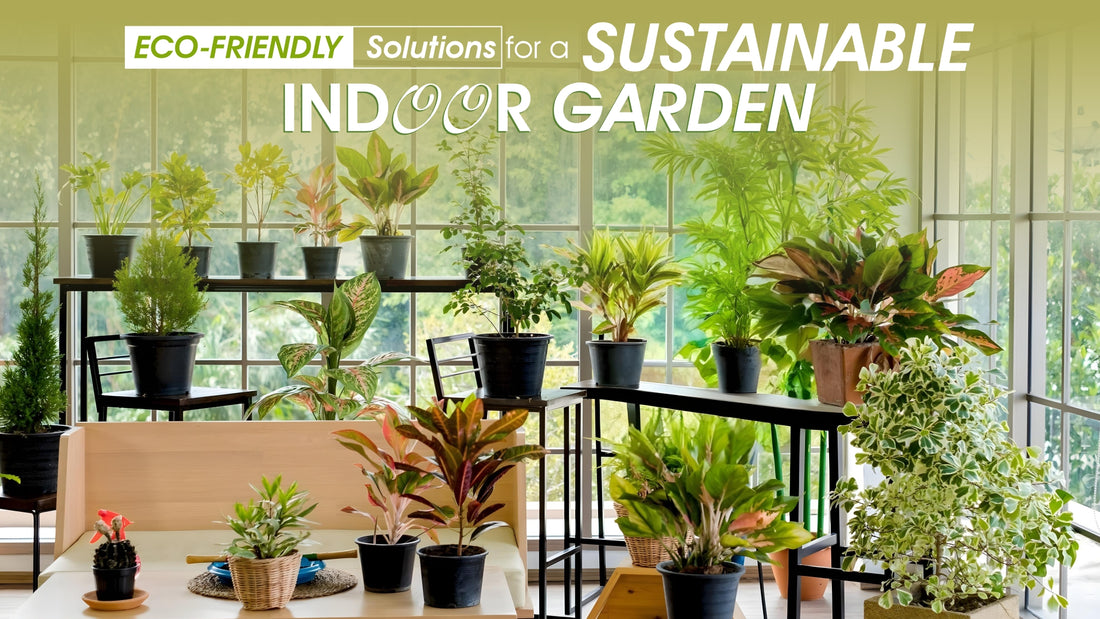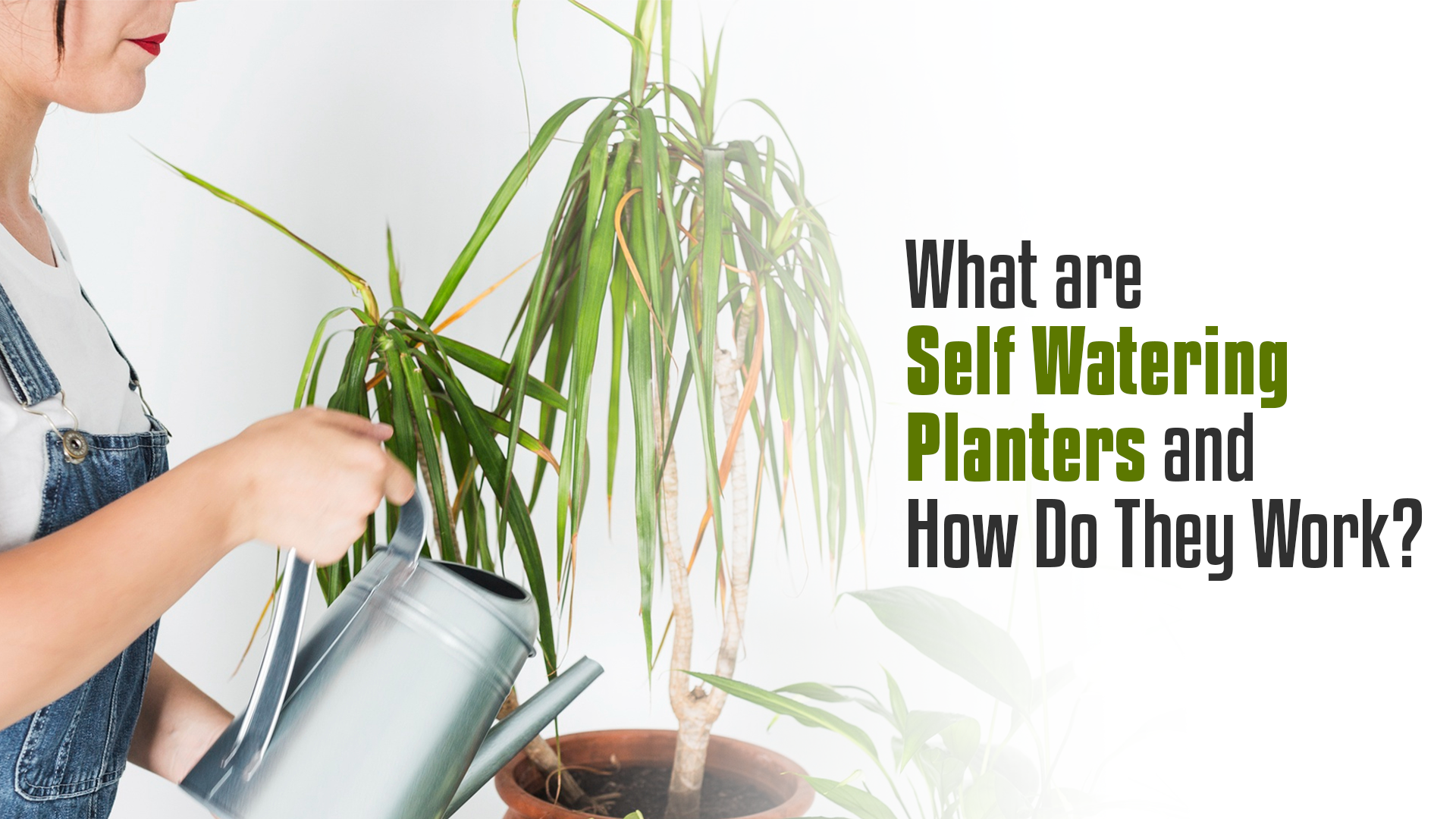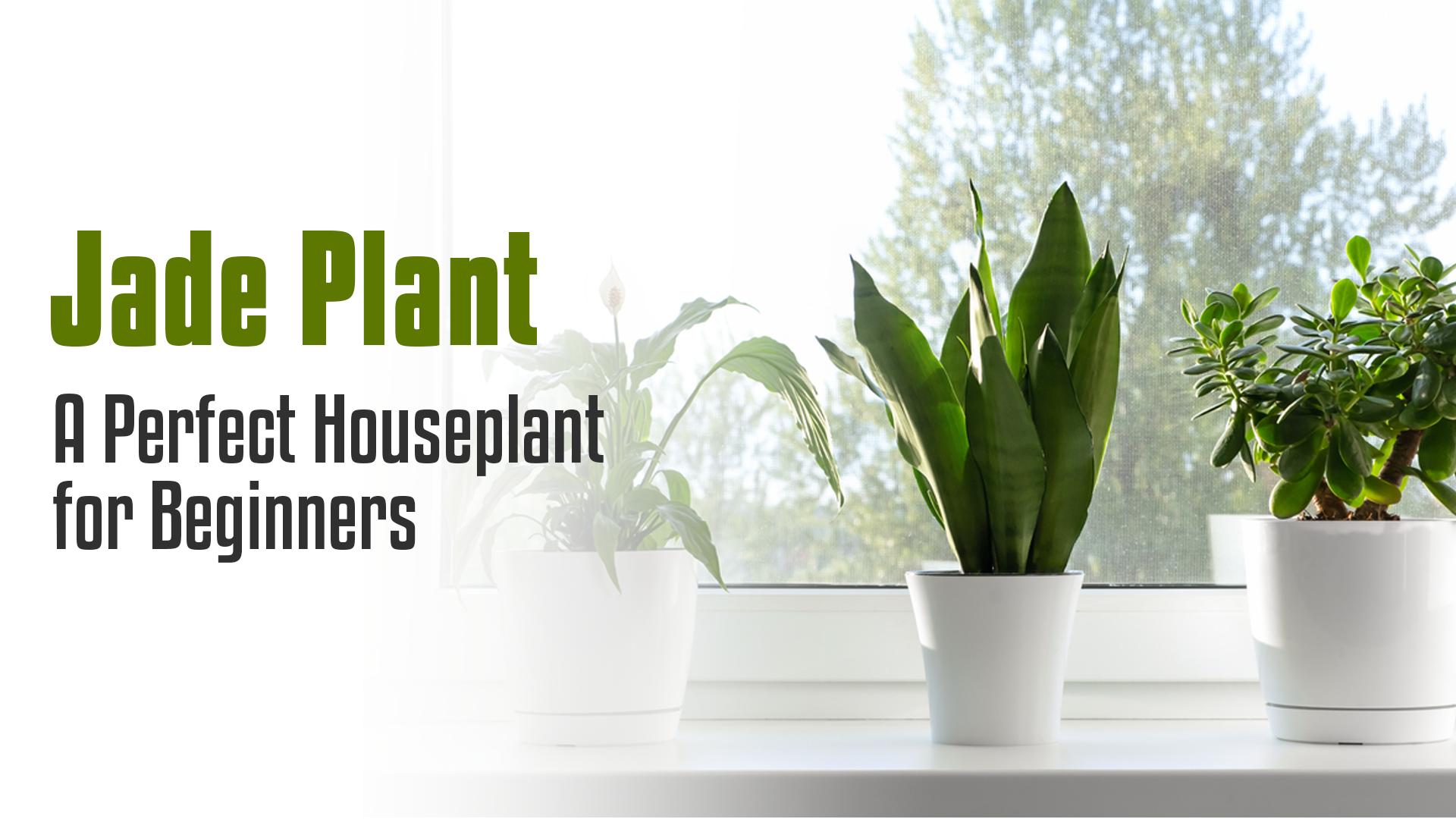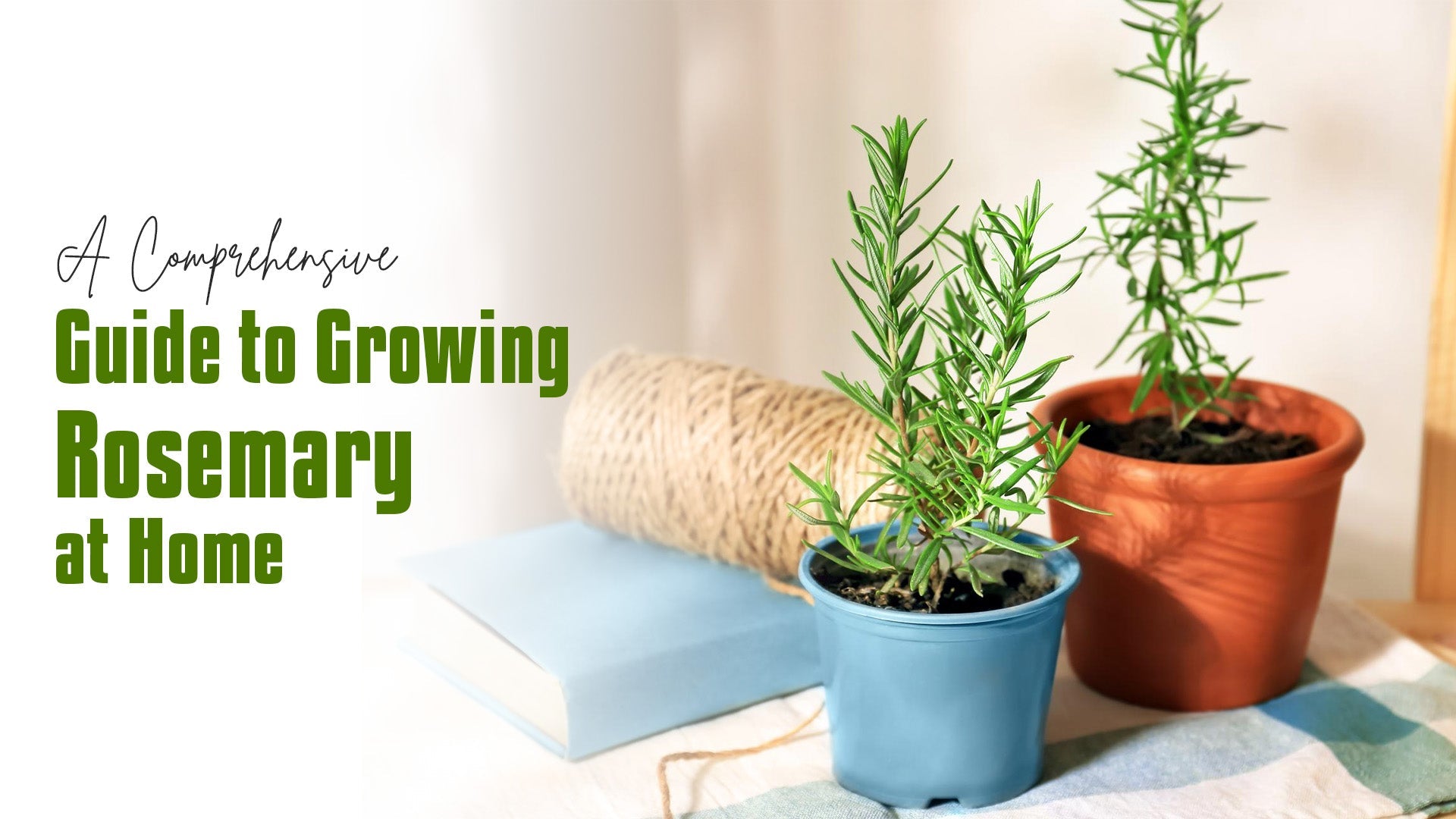
Eco-Friendly Solutions for a Sustainable Indoor Garden
Indoor gardening has flourished into a beloved pastime, transforming homes into serene, verdant retreats. As our awareness of environmental issues deepens, pursuing sustainable living practices gains momentum. Incorporating eco-friendly planters into your indoor garden is a pivotal step toward a greener lifestyle. These planters enhance your living space and contribute to a healthier planet. By choosing eco-friendly options, you actively participate in reducing your carbon footprint and promoting a more sustainable future.
Let's explore the benefits of these planters and how they can elevate your indoor gardening experience.
Benefits of Eco-Friendly Planters
Embracing eco-friendly planters offers a multitude of advantages that extend beyond their aesthetic appeal. Firstly, they play a crucial role in environmental conservation. By opting for planters crafted from recycled or sustainable materials, you reduce waste and minimize the demand for non-renewable resources. This conscientious choice helps preserve our planet for future generations.
Secondly, these planters foster a healthier indoor environment. Many houseplants possess natural air-purifying qualities, effectively removing toxins and improving air quality. Combining eco-friendly pots made from non-toxic materials creates a harmonious ecosystem that enhances your well-being.
Moreover, eco-friendly planters often boast exceptional durability and longevity. Crafted from high-quality, sustainable materials, these planters are built to withstand the test of time. This saves you money on replacements and reduces the environmental impact associated with manufacturing new planters.
Types of Eco-Friendly Planters
The market is brimming with diverse and innovative eco-conscious planter options. Let's explore some popular choices:
- Recycled plastic planters
These durable and stylish eco-friendly pots are crafted from repurposed plastic, diverting waste from landfills. They come in various colors, sizes, and designs, making them a versatile choice for any indoor garden.
- Terracotta and ceramic planters

Source - Pinterest
These classic and elegant eco-friendly planters are made from natural clay, a sustainable material. They offer excellent breathability for plant roots and add a touch of rustic charm to your indoor space.
- Wooden planters

Source - Pinterest
Bringing warmth and natural beauty to your home, wooden eco-friendly planters are often constructed from reclaimed or sustainably sourced wood. They offer a unique character and can be customized to suit your style.
- Bamboo planters

Source - Pinterest
A rapidly renewable and eco-friendly material, bamboo is an excellent choice for eco-friendly flower pots. Known for their strength and durability, bamboo planters boast a modern and minimalist aesthetic.
- Coconut shell planters
These one-of-a-kind eco-friendly planters are crafted from repurposed coconut shells, adding a tropical flair to your indoor garden. They are lightweight and offer excellent drainage for your plants.
- Upcycled planters
Unleash your creativity by transforming old items into functional and stylish eco-friendly plant pots. The possibilities are endless, from repurposed tin cans and vintage teacups to creatively reused containers. You can add a personal touch to your indoor garden while reducing waste.
Factors to Consider When Choosing Eco-Friendly Planters
Selecting the perfect eco-friendly planter involves several key considerations:
- Plant compatibility
Choose a planter suitable for your plant's size and growth habits. Ensure it provides adequate space for root development and healthy growth.
- Drainage
Proper drainage is essential for preventing root rot. Opt for planters with drainage holes or incorporate a drainage layer to allow excess water to escape.
- Material
Select a planter made from durable and long-lasting materials that are also eco-friendly. Consider factors like durability, weight, and aesthetic appeal.
- Style
Choose a planter that complements your indoor decor and personal style. Countless options are available, from sleek and modern to rustic and traditional.
Creating a Sustainable Indoor Gardening Ecosystem
To maximize the eco-friendliness of your indoor garden, go beyond using eco-friendly planters. Consider these additional practices:
- Organic potting mix: Nourish your plants with organic soil free from harmful chemicals.
- Water-wise gardening: Conserve water by watering your plants efficiently and avoiding overwatering.
- Natural pest control: Employ eco-friendly methods to deter pests, such as introducing beneficial insects or using organic pest repellents.
- Recycling and composting: Reduce waste by recycling plant containers and composting plant matter to enrich your garden.
Welcoming eco-friendly planters is a rewarding step towards a sustainable indoor garden. By choosing these eco-conscious options, you contribute to environmental protection, enhance indoor air quality, and create a beautiful living space. Remember, small changes can make a significant impact. Start your sustainable gardening journey today!
Frequently Asked Questions
1.What type of planter is best for indoor plants?
The best planter for your indoor plants depends on the type of plant, its size, and your personal style. However, eco-friendly planters are a great choice for a sustainable indoor garden.
- Terracotta and ceramic planters are popular for their classic look and good drainage.
- Wooden planters add warmth and natural beauty but require regular maintenance.
- Recycled plastic planters are durable, lightweight, and come in various styles.
- Bamboo planters offer a modern and eco-friendly option.
- Upcycled planters are unique and creative, using repurposed items.
2.What container is best for indoor plants?
Any container can be used for indoor plants as long as it has proper drainage. However, eco-friendly containers like recycled plastic, terracotta, ceramic, or wood are better choices for the environment. The ideal container depends on the plant's size, the type of soil, and your aesthetic preferences.
3.How to make eco-friendly plant pots?
You can make your own eco-friendly plant pots by upcycling items around your home. Some ideas include:
- Repurposing old tin cans, glass jars, or plastic bottles.
- Using coconut shells or coir pots.
- Creating planters from cardboard or newspaper.
- Repurposing old shoes or boots.
4.How to choose indoor planters?
When choosing indoor planters, consider the following:
- Plant size and type: Select a planter that is appropriate for the size of your plant and its specific needs.
- Drainage: Ensure the planter has drainage holes to prevent waterlogging.
- Material: Choose a planter made from sustainable or recycled materials for an eco-friendly option.
- Style: Select a planter that complements your indoor decor.
- Price: Determine your budget and choose a planter accordingly.
5.What materials are used for indoor plant pots?
Indoor plant pots are made from a variety of materials, including:
- Terracotta: A classic and porous material that allows for good drainage.
- Ceramic: Similar to terracotta but often glazed for a decorative finish.
- Plastic: Lightweight, durable, and available in a wide range of colors and styles.
- Wood: Adds warmth and natural beauty but requires regular maintenance.
- Bamboo: A sustainable and eco-friendly option with a modern look.
- Recycled materials: Upcycled items like plastic bottles, tin cans, or glass jars can be used creatively.






